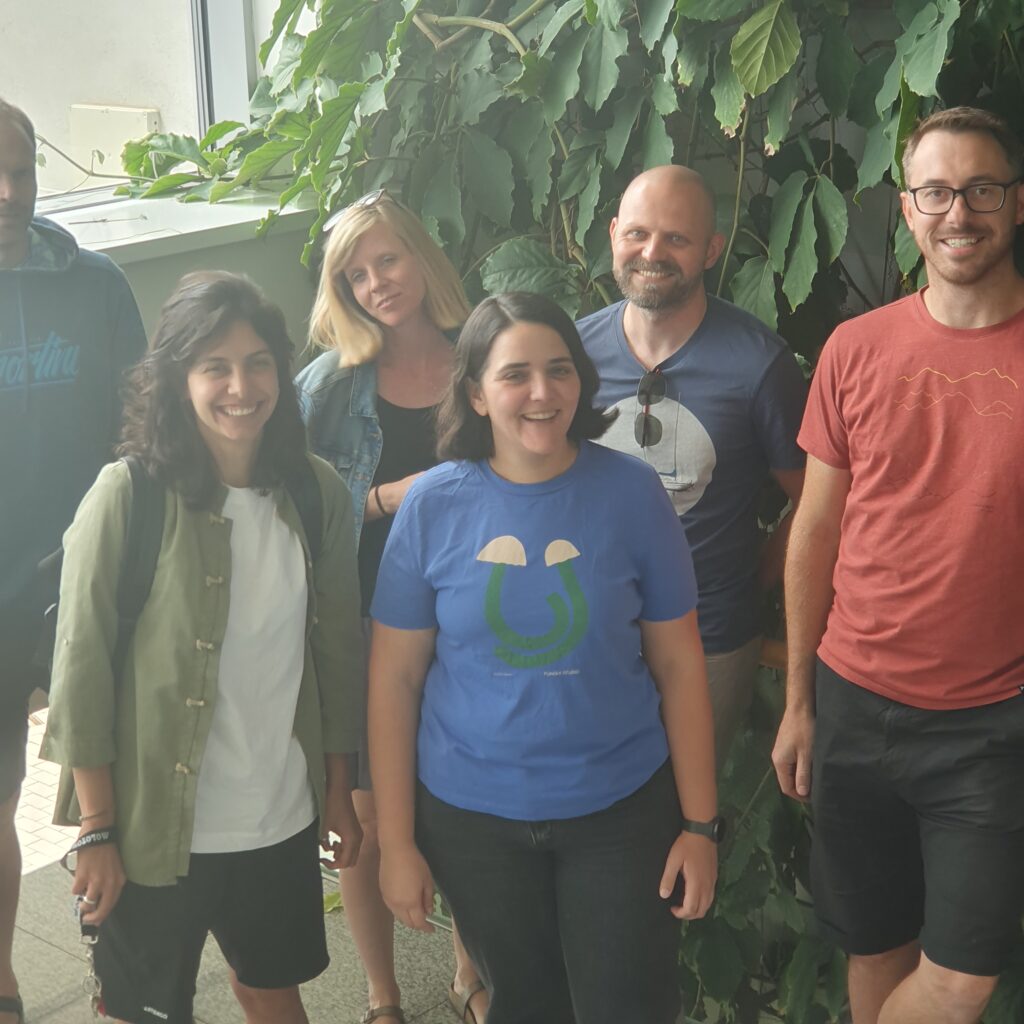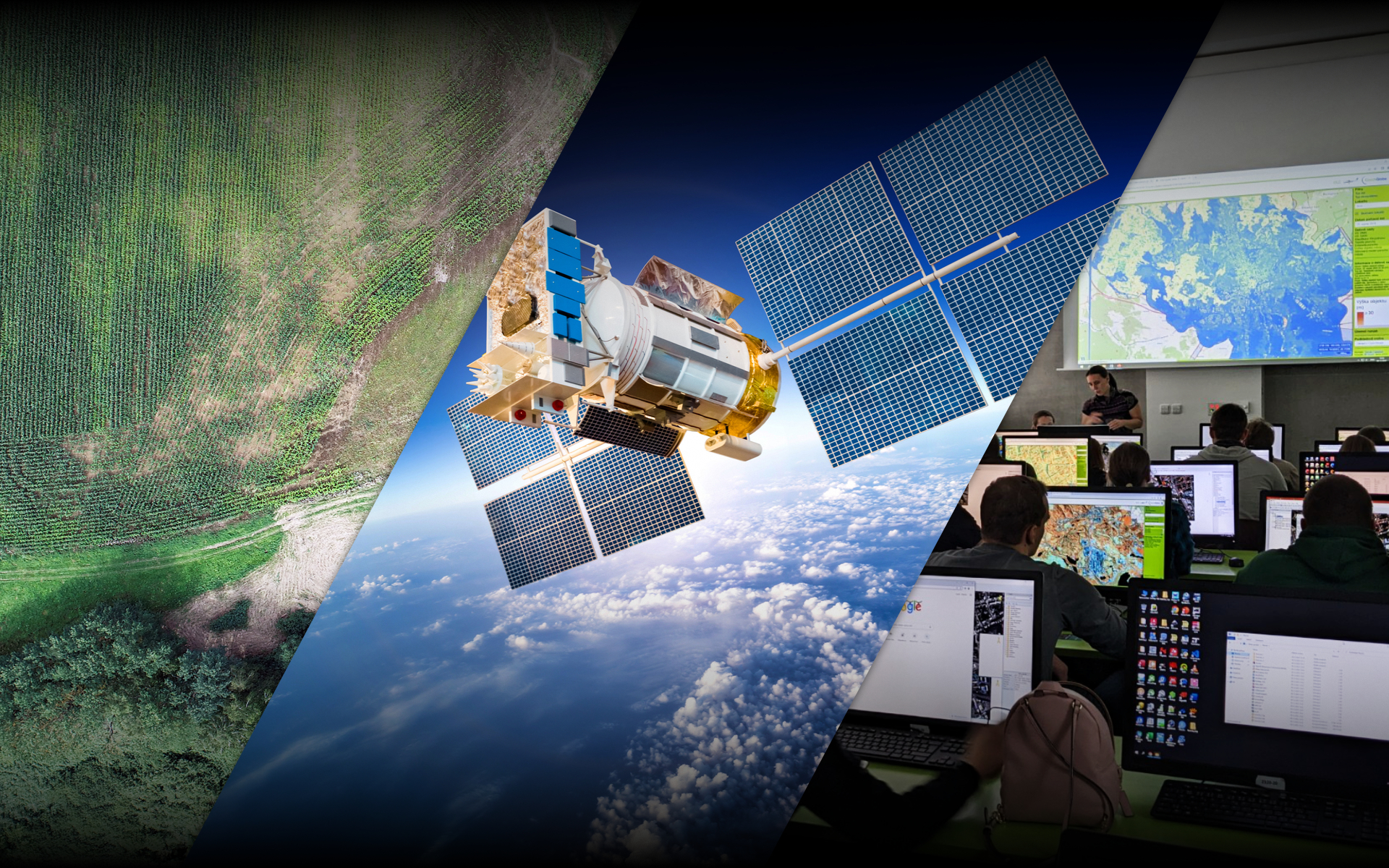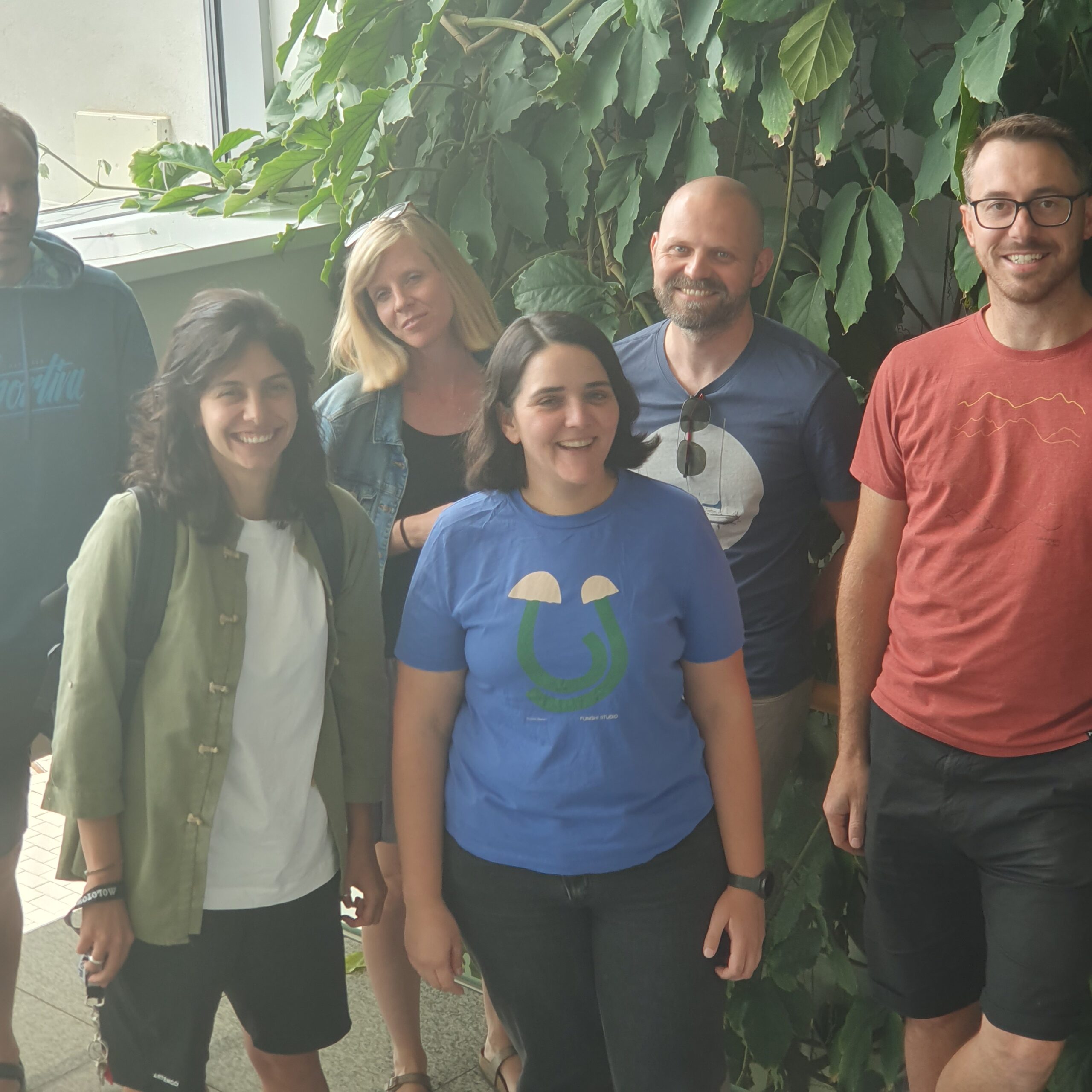Elisa Marchetto recently visited the Czech University of Life Sciences Prague (CZU), where she collaborated with the team from the Department of Spatial Sciences on an important ecological research initiative. The focus of this collaborative project is on addressing bias in ecological data to ensure more accurate biodiversity estimates.
Main Collaborative Project: Addressing Bias in Ecological Data for Accurate Biodiversity Estimates
In the realm of ecological research, the accuracy of biodiversity estimates is paramount. However, uncertain and biased ecological data can significantly distort these estimates, leading to flawed conservation strategies and misinformed environmental policies. To tackle this issue, our main collaborative project focuses on the preliminary analysis of raw data from plant species co-occurrences databases. This analysis aims to identify and assess the dimensions of bias present in plot records, both at the habitat and species levels.
Understanding the Importance of Raw Data Analysis
Raw data forms the foundation of ecological research, offering an unfiltered view of species distributions and interactions within various habitats. However, this data can often be fraught with biases due to sampling methods, observer differences, and environmental factors. By conducting a preliminary analysis of this raw data, we can identify these biases early on and account for them in subsequent analyses.
Assessing Bias at Multiple Levels
- Habitat Level:
- At the habitat level, biases can arise from uneven sampling efforts across different environments. For instance, certain habitats may be overrepresented due to easier accessibility or higher research interest. Our project will evaluate these biases by comparing the frequency and distribution of plot records across various habitat types.
- Species Level:
- Biases at the species level can result from factors such as species detectability and observer expertise. Some species might be underreported due to their cryptic nature or seasonal variations. We will assess these biases by analyzing the co-occurrence patterns and recording frequencies of different plant species in the dataset.
Auxiliary Project: Impact of Uncertain Data on Species Distribution Models
Complementing our main project, the auxiliary project will investigate the effects of uncertain species and environmental data on species distribution models (SDMs). SDMs are critical tools in predicting species distributions and informing conservation efforts. However, their accuracy can be compromised by uncertain or erroneous data inputs.
Testing the Effects of Data Uncertainty
In collaboration with ongoing research efforts, we will test how varying levels of data uncertainty impact the performance and reliability of SDMs. This involves:
- Model Calibration:
- Adjusting SDMs using datasets with different levels of uncertainty to observe changes in model outputs.
- Model Validation:
- Comparing the predictions of these models against independent datasets to assess their accuracy and robustness.
Providing Expert Feedback
As part of this auxiliary project, I will offer my expertise and feedback to the ongoing research, ensuring that the methodologies and findings are rigorously evaluated and refined. This collaboration aims to enhance our understanding of how data uncertainty affects ecological modeling and to develop strategies for mitigating these impacts.
Conclusion
Elisa Marchetto’s visit to CZU and her collaboration with the Department of Spatial Sciences marks a significant step in advancing ecological research. By addressing the dimensions of bias in ecological data and evaluating the effects of data uncertainty on species distribution models, our research projects aim to improve the accuracy and reliability of biodiversity estimates. These efforts are crucial for informing effective conservation strategies and ensuring the sustainable management of ecosystems. Through rigorous analysis and collaborative research, we are committed to advancing the field of ecological science and contributing to global biodiversity conservation initiatives.


